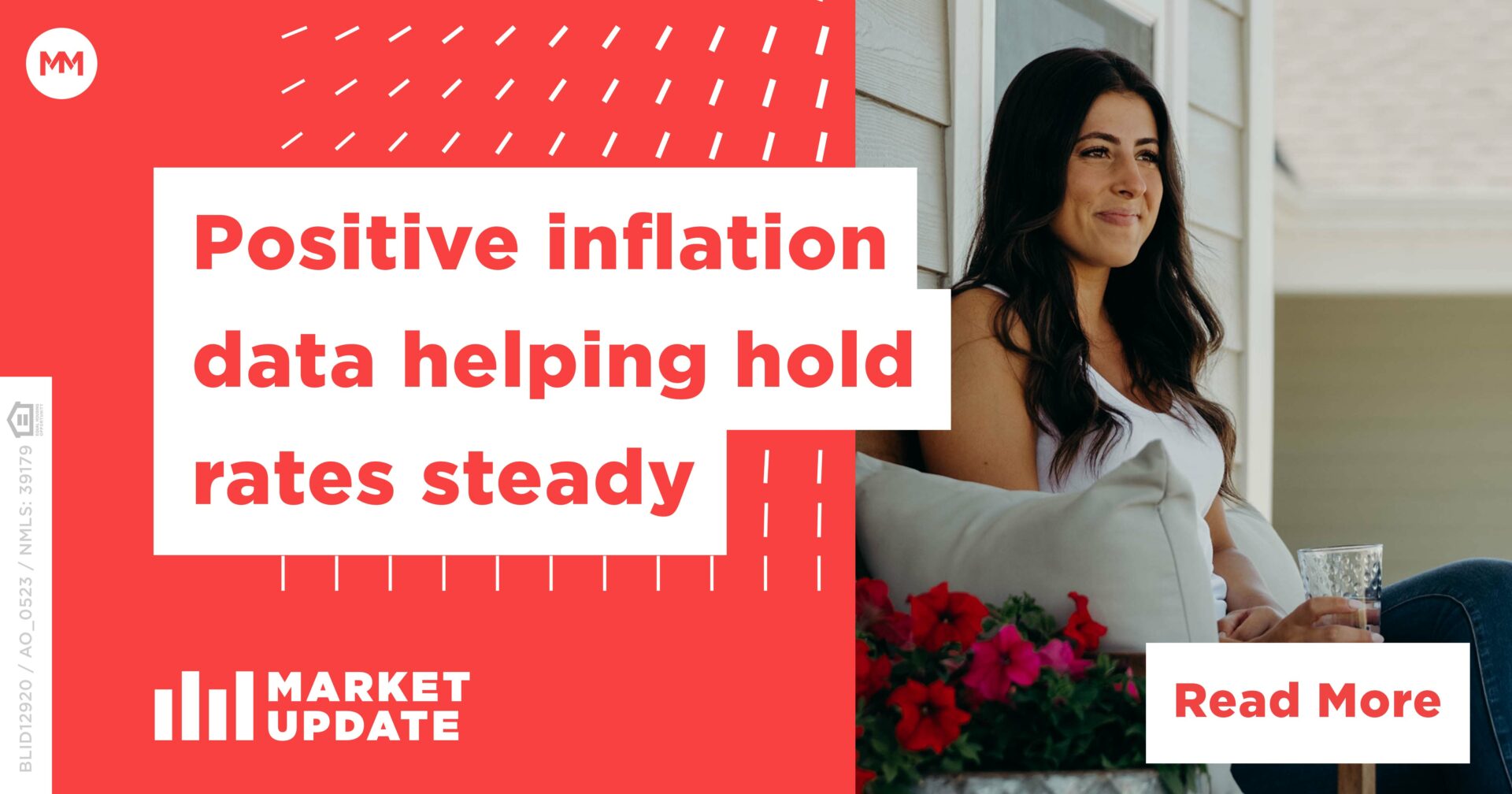Inflation continued its snail-like slowdown in April with each the buyer worth index (CPI) and producer worth index (PPI) coming in lighter than anticipated. The Labor Division’s CPI report on Could 10 confirmed a 4.9% annual enhance, in opposition to expectations of a 5% enhance. The identical company’s PPI report the next day confirmed a rise of two.3% year-over-year. That’s decrease than March’s 2.7% studying and the bottom studying for the PPI since January 2021.
The CPI and PPI are vital to the Federal Reserve and traders on Wall Road as a result of they measure the price of items for shoppers such as you, and likewise the price for wholesalers to supply these items. As these transfer decrease, particularly proper now, that offers traders hope that the Fed’s quantitative tightening measures (like growing the federal funds charge) are working to gradual the financial system.
The ten-year Treasury be aware yield dipped considerably on Thursday in response to the extra constructive cooling inflation knowledge, which is sweet information for mortgage charges. The ten-year yield is also called the benchmark Treasury be aware yield and is often used as an indicator of investor sentiment.
After we see yields transfer greater, that usually means traders are in search of higher-risk/higher-reward sorts of investments as a result of they don’t place confidence in the long-term financial system. When yields transfer down, that signifies extra constructive long-term sentiment. Mortgage charges are long-term investments (suppose 30-year mounted charge) and sometimes observe the trajectory of the 10-year yield. That’s why we talk about the 10-year yield each week as a result of it’s among the best items of financial knowledge to trace to observe what charges are doing.

INDUSTRY PUSHBACK FORCES FHFA’S HAND
The Federal Housing Finance Company made the most important waves within the housing business this previous week by rescinding its upfront charges based mostly on borrower debt-to-income (DTI) ratios. The implementation of the charges was delayed in March resulting from heavy pushback from the mortgage business. The charges (also called mortgage stage pricing changes, or LLPAs) would have been utilized to traditional mortgage debtors with DTI ranges at or above 40%.
This was a welcome aid to many originators who had argued the charges would make mortgage origination primarily unattainable to implement logistically. There was additionally fairly a little bit of heated controversy within the public enviornment that the brand new rule would hit well-qualified debtors with pointless punitive charges.
Debtors stay extraordinarily charge delicate at the moment with any dip in charges spurring a flurry of exercise. The Mortgage Bankers Affiliation reported a seasonally adjusted 6.3% week-over-week enhance in mortgage exercise for the week ending Could 5. That was the week that noticed the 10-year Treasury be aware yield drop considerably after the Fed’s rate of interest hike announcement and the collapse of one more financial institution. The MBA’s report confirmed purchases had been up 5% week-over-week.
Freddie Mac’s 30-year fixed-rate mortgage common barely shifted week-over-week, falling simply 0.04% to six.35%, however the encouraging half is precisely what Freddie’s analysts famous of their report. They stated, “This week’s lower continues a current sideways pattern in mortgage charges, which is a welcome departure from the report will increase of final 12 months. Whereas inflation stays elevated, its charge of progress has moderated and is anticipated to decelerate over the rest of 2023. This could bode effectively for the trajectory of mortgage charges over the long-term.”
